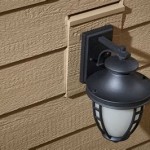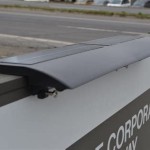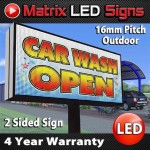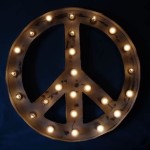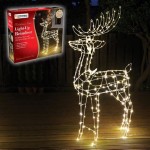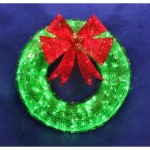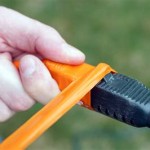Motion Detecting Outdoor Lights: Essential Aspects to Consider
Outdoor lighting plays a vital role in enhancing security, convenience, and aesthetic appeal. Motion detecting outdoor lights offer an array of benefits by automatically illuminating areas when movement is detected. This article explores the essential aspects to consider when selecting and installing motion detecting outdoor lights.
Types of Motion Detectors
Motion detectors vary in their detection range, sensitivity, and field of view. Passive infrared (PIR) detectors detect changes in infrared radiation, providing excellent coverage for wide areas. Microwave detectors emit high-frequency waves and detect changes in their reflection, offering superior penetration through obstacles. Dual-technology detectors combine PIR and microwave technology to minimize false alarms.
Sensitivity and Detection Range
The sensitivity of a motion detector determines the distance and size of objects it can detect. A higher sensitivity will detect smaller objects at a greater distance, but it may also increase the likelihood of false alarms. Adjust the sensitivity to suit the specific requirements of the area being illuminated.
Field of View and Coverage
The field of view refers to the area that the motion detector can monitor. Wide-angle detectors offer a broader coverage, while narrow-angle detectors focus on a specific area. Determine the desired coverage and position the detector accordingly to prevent blind spots or unnecessary activation.
Lighting Options
Motion detecting outdoor lights come with a variety of lighting options, including incandescent, halogen, fluorescent, LED, and solar. Each type has its own advantages and disadvantages. LED lights offer energy efficiency, long lifespan, and excellent light quality. Solar-powered lights are ideal for remote areas where access to electricity is limited.
Time Delay and Adjustable Settings
Motion detecting lights typically have a time delay that determines how long the light remains illuminated after motion is detected. Adjust this setting to suit the duration of activity in the monitored area. Some lights also offer adjustable dusk-to-dawn settings, allowing the light to turn on automatically at night and off during the day.
Placement and Installation
The proper placement of motion detecting outdoor lights is crucial for optimal performance. Mount the light at a height of at least 6-8 feet to avoid triggering from passing vehicles or small animals. Aim the light towards the area to be illuminated, ensuring there are no obstacles or vegetation blocking the motion detector's field of view.
Maintenance and Troubleshooting
To ensure continued functionality, regular maintenance of motion detecting outdoor lights is essential. Clean the lens of the motion detector periodically to remove dirt or debris. Inspect the wiring and connections for any damage or loose connections. If the light fails to operate properly, check the power source, replace batteries if necessary, and consult an electrician for further assistance.
Conclusion
Motion detecting outdoor lights offer a convenient and effective solution for enhancing security and visibility in outdoor spaces. By considering the essential aspects discussed in this article, homeowners and property owners can select and install the right motion detecting lights for their specific needs.

The Best Outdoor Motion Sensor Lights In 2024 Popular Science

Oberlin 9 High Black Finish Dusk To Dawn Motion Sensor Outdoor Light 5y111 Lamps Plus

Defiant 180 Degree Motion Sensor White Outdoor Security Light Df 5416 Wh A The Home Depot

Best Motion Detector Lights Of 2024 Safewise

Motion Sensor Lights Tips To Reset Detector

Best Outdoor Motion Sensor Lights 2024 Security

Auraglow Pir Motion Sensor Up Down Outdoor Wall Security Light Warminster Stainless Steel Led Lighting

Auraglow Black Arch Integrated Led Motion Sensor Pir Outdoor Wall Light Adobe Lighting

Philips Hue Outdoor Motion Sensor Review Macrumors

Lepro 20w Security Lights Outdoor Motion Sensor 1700 Lumen Pir Light Ip65 Waterproof Flood
